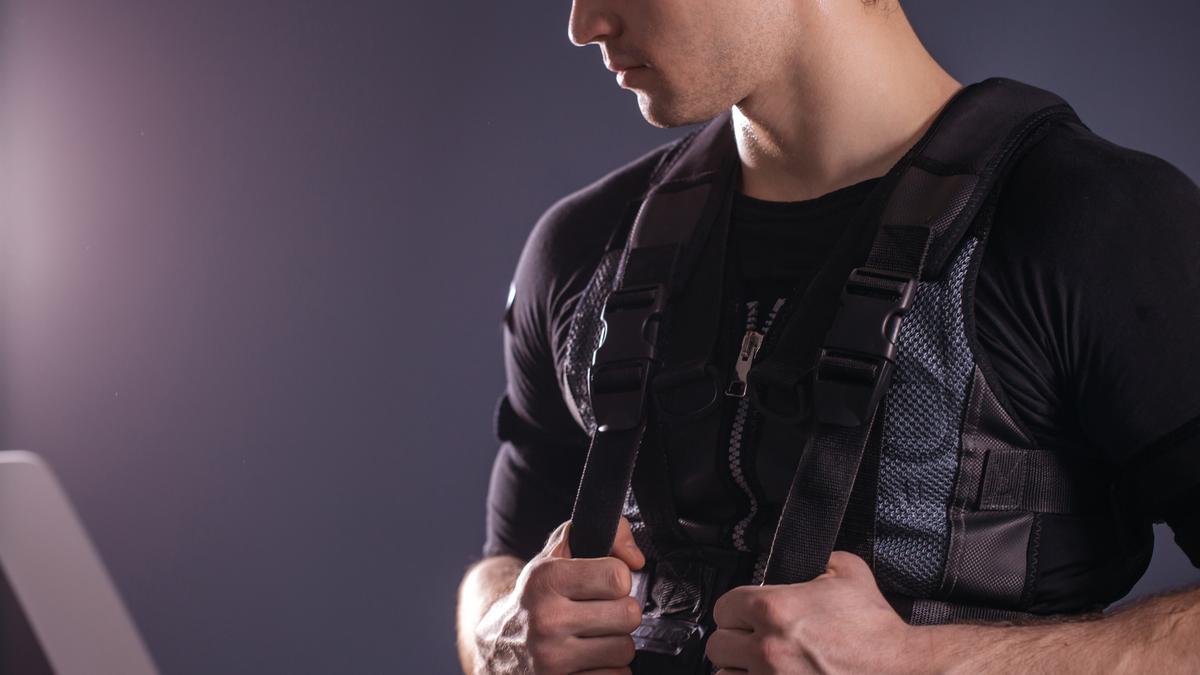A rising trend in fitness is seeing individuals adopt weighted vests, which promise enhanced fat loss and muscle gain. While these vests have been utilized by military personnel for years, they have recently gained popularity among fitness enthusiasts and social media users. Experts, however, are raising concerns about their suitability for everyone, highlighting potential risks associated with their use.
Health Risks and Recommendations
Karl Innes, a CrossFit trainer, has been using weighted vests in his training sessions for several years. He notes their versatility, stating, “You can add load to the movement but continue to move dynamically, like push-ups, pull-ups, air squats, even walking or running.” Despite the enthusiasm for weighted vests, exercise physiologist Donna McCook from the University of Queensland warns that the benefits touted by proponents may not apply universally.
According to McCook, individuals who are overweight or deconditioned may face increased joint stress when using weighted vests. “Someone that’s perhaps heavy or deconditioned, then you’ve got a lot of joint stresses,” she explained. The caution is particularly relevant for those with existing health issues, including osteoarthritis, curvature of the spine, and disc degeneration. McCook emphasized that “twenty percent of the population have discal injuries without even knowing that they have them.”
A study conducted in the United States indicates that women who engaged in weighted vest workouts for a duration of five months experienced improvements in various health markers, including blood pressure and insulin sensitivity. However, the overall effectiveness of the vests remains unclear, particularly for those not already in good physical condition.
Starting Safe with Weighted Vests
For individuals interested in trying weighted vests, experts recommend starting with a weight equivalent to just 2 percent of their body weight. This gradual approach allows users to build their fitness levels safely. “If your goal is to increase the level of fitness that you have now, it’s a great idea, and just move into it slowly,” McCook advised.
As this trend continues to grow, it’s essential for potential users to consider their own health status and consult with healthcare professionals if necessary. While the appeal of a new fitness trend can be strong, understanding the risks and managing them appropriately is crucial for achieving health and fitness goals without injury.
With the increasing popularity of weighted vests, the conversation around their use is likely to evolve, as both fitness enthusiasts and health experts continue to navigate the balance between innovation and safety in exercise practices.






























































